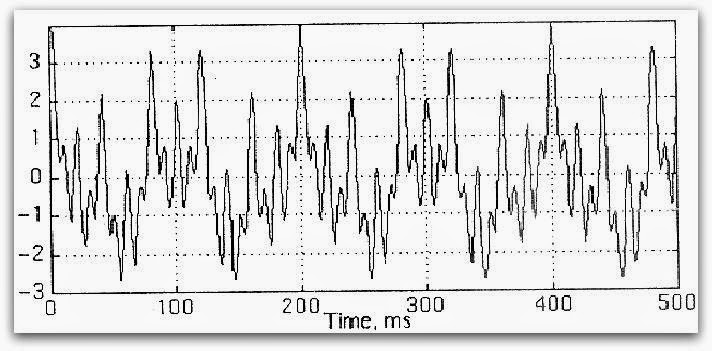Abstract
Mathematical transformations are applied to signals to obtain further information from the signal that is not readily available in the raw signal. By applying the various transformations available today, the frequency information in these signals is obtained. There are many transforms that are used quite often by engineers and mathematician’s.
Wavelets – Theory
The Wavelet analysis is performed using a prototype function called a wavelet, which has the effect of a band pass filter. Wavelets are functions defined over a finite interval and having an average value of zero. The basic idea of the wavelet transform is to represent any arbitrary function f (t) as a superposition of a set of such wavelets or basis function. These basis functions are derived from a single prototype called mother wavelet.

Importance Of The Frequency Information
Often times, the information that cannot be readily seen in the time-domain can be seen in the frequency domain. Most of the signals in practice are time-domain signals in their raw format. That is, whatever that signal is measuring, is a function of time. In other words, when we plot the signal one of the axis is time (independent variable) and the other (dependent variable) is usually the amplitude. When we plot time-domain signals, we obtain a time-amplitude representation of the signal.
The Wavelet Transform
The Wavelet transform provides the time-frequency representation. Often times a particular spectral component occurring at any instant can be of particular interest. In these cases it may be very beneficial to know that the time intervals these particular spectral components occur. For example, in EEGs, the latency of an event-related potential is of particular interest.
Introduction
Wavelet transforms have been one of the important signal processing developments in the last decade, especially for the applications such as time-frequency analysis, data compression, segmentation and vision. During the past decade, several efficient implementations of wavelet transforms have been derived. The theory of wavelets has roots in quantum mechanics and the theory of functions though a unifying framework is a recent occurrence. Wavelet analysis is performed using a prototype function called a wavelet. Wavelets are functions defined over a finite interval and having an average value of zero. The basic idea of the wavelet transform is to represent any arbitrary function f (t) as a superposition of a set of such wavelets or basis functions.
Fourier Transforms
The Fourier transforms are used in many areas, in applications to obtain the frequency representation of the signal. If the Fourier transform of a signal in time-domain is taken, the frequecy – amplitude representation of that signal is obtained.
The Fourier transform is defined by the following two equations:
X (f) = -∞ ∫∞ x (t). e (- 2 j ∏ f t) dt. ...(1)
x (t) = -∞ ∫∞ X (f). e (2 j ∏ f t) df. …(2)
Conclusion
The development of wavelets is an example where ideas from many different fields combined to merge into a whole that is more than the sum of its parts. Wavelet transforms have been widely employed in signal processing application, particularly in image compression research. It has been used extensively in multi-resolution analysis (MRA) for image processing.
No comments:
Post a Comment